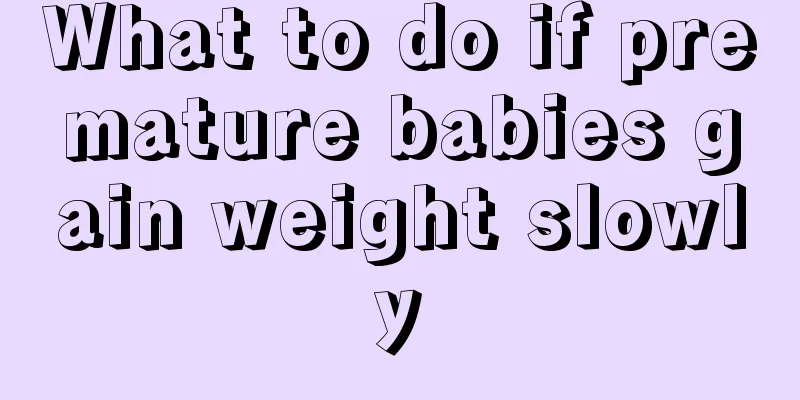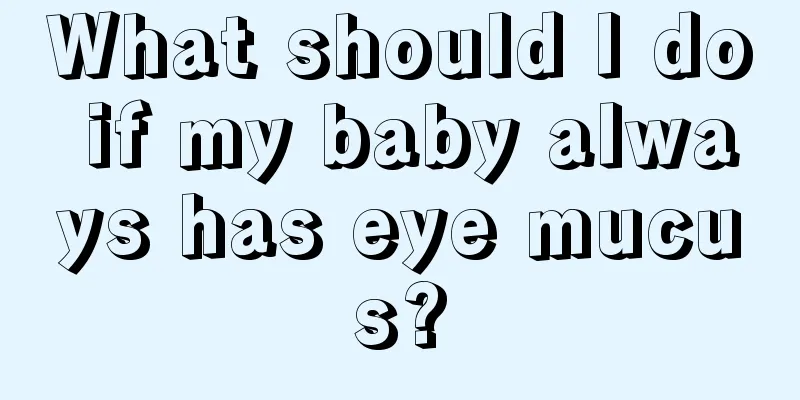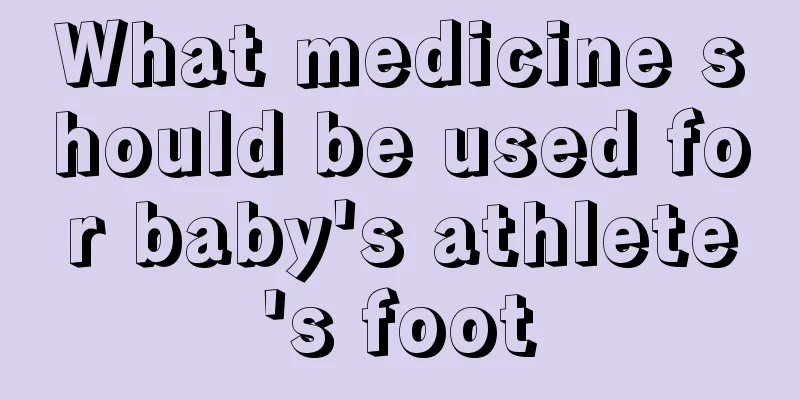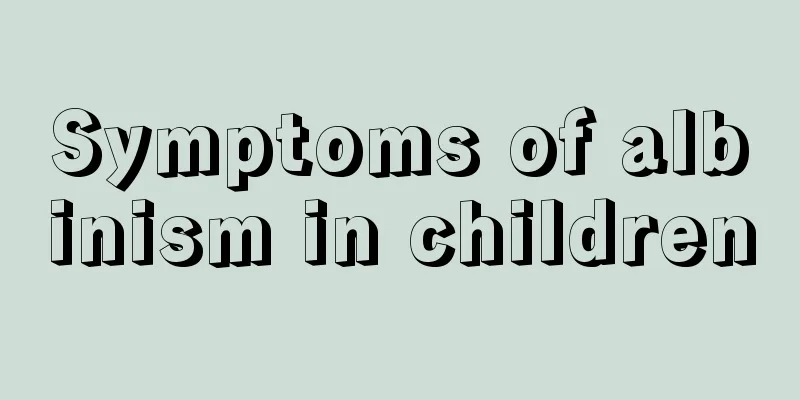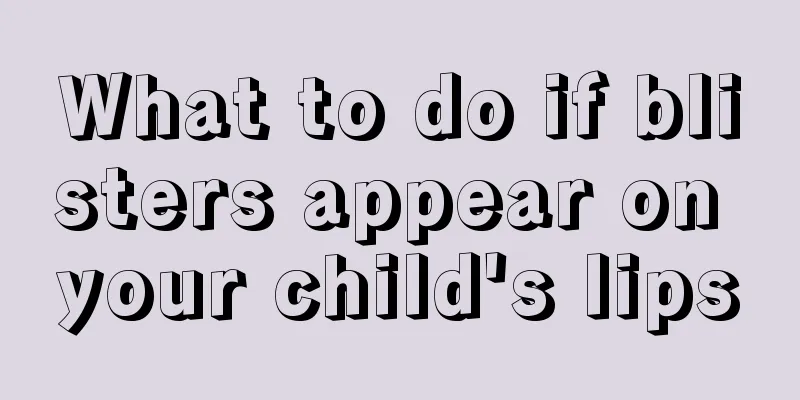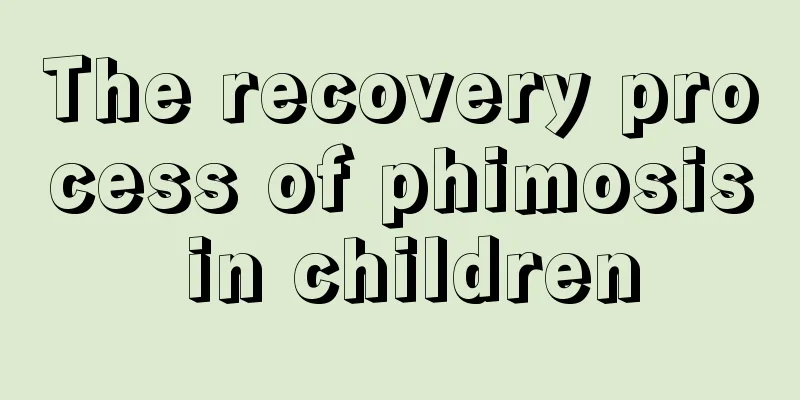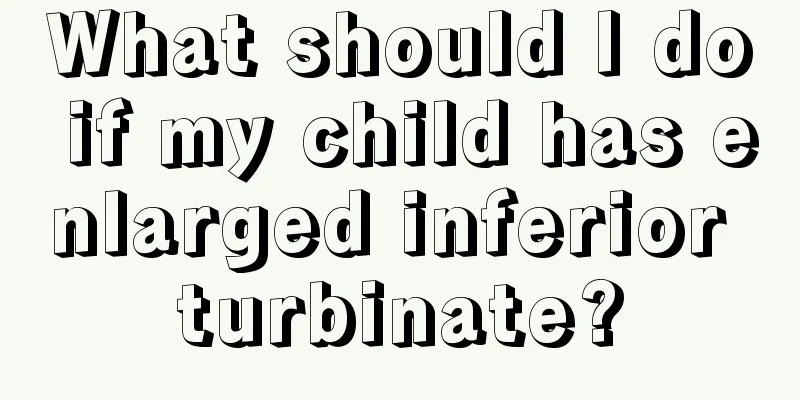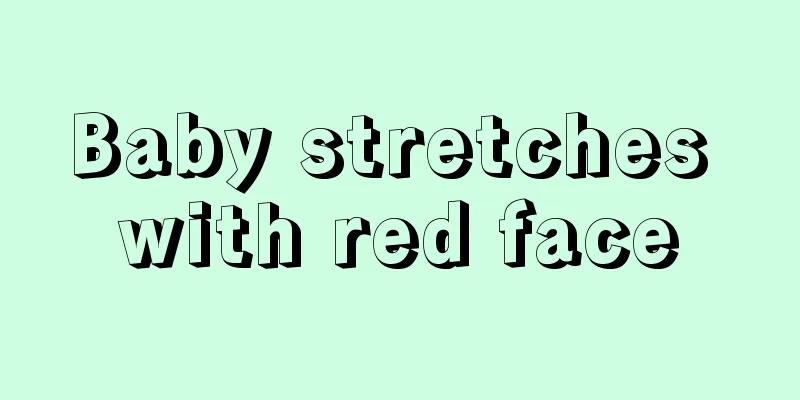Why does a child have a fever, convulsions and rolling eyes?
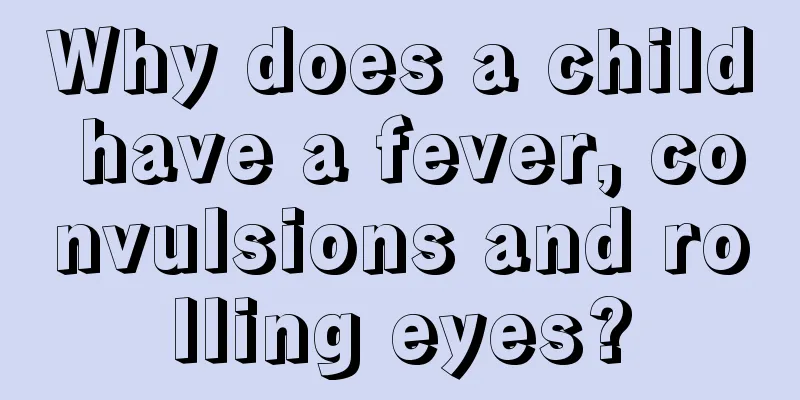
|
Generally, family members are most concerned about the physical health of their children. Parents are more worried when their children have some problems with their bodies. It is common for children to catch colds and fevers in normal times, so parents must provide relevant care for their children when they have colds and fevers. Children will roll their eyes when they have a fever, so what is going on when children have convulsions and roll their eyes when they have a fever? 1. Indications for the use of anti-epileptic drugs: Once the diagnosis of epilepsy is established, anti-epileptic drugs should be used promptly to control seizures. However, it may be considered for patients with first attack, attack with precipitating factors or rare attacks. 2. General principles for selecting anti-epileptic drugs: Correct classification of epileptic seizures and epilepsy syndromes is the basis for rational drug selection. In addition, factors such as the patient's age (children, adults, the elderly), gender, concomitant diseases, and the potential side effects of antiepileptic drugs that may affect the patient's future quality of life should also be considered. If infants and young children cannot swallow tablets, the use of syrup preparations is both easier for the children to take and convenient for controlling the dosage. When choosing medications for children, they should try to choose medications that have no effect on cognitive function, memory, and attention. The elderly have more comorbidities, take more concomitant medications, and have more drug interactions. They are also more sensitive to anti-epileptic drugs and the side effects are more prominent. Therefore, when elderly patients with epilepsy choose anti-epileptic drugs, they must consider drug side effects and drug interactions. Female epilepsy patients of childbearing age should pay attention to the effects of anti-epileptic drugs on hormones, sexual desire, female characteristics, pregnancy, fertility and teratogenicity. Although traditional anti-epileptic drugs (such as phenytoin sodium and phenobarbital) have certain clinical efficacy, they have many side effects such as gingival hyperplasia, increased hair growth, high teratogenicity, hyperactivity, and inattention, which are difficult for patients to tolerate. New anti-epileptic drugs (such as lamotrigine, levetiracetam, topiramate, oxcarbazepine, etc.) not only have definite clinical efficacy, but also have few side effects and are easily tolerated by patients. 3. Anti-epileptic drug treatment should be used as a single drug as much as possible until the effective or maximum tolerated dose is reached. When monotherapy fails, combination therapy can be used. Try to use drugs with different mechanisms of action and little or no drug interactions. The ultimate goal of rational drug combination should be to achieve the best clinical effect and the lightest economic burden on patients. 4. During antiepileptic drug treatment, routine monitoring of antiepileptic drug blood concentrations is not recommended. Blood drug concentration monitoring should only be considered when it is suspected that the patient has not taken the medication as directed or has drug toxicity, is taking other drugs that affect drug metabolism, or has special clinical conditions (such as status epilepticus, liver and kidney disease, pregnancy). 5. Anti-epileptic treatment requires continuous medication and should not be stopped easily. It is currently believed that only when there has been no epileptic seizure for at least 3 years can we consider gradually stopping the medication. During the medication discontinuation process, only one drug can be stopped at a time, and it will take about a year to gradually stop using the drug. The above is an introduction to what happens when a child has a fever, convulsions, and rolls his eyes. We all know that parents attach great importance to their children's physical health, so parents should protect their children's bodies well in normal times. When a child has a fever and rolls his eyes, it must be taken seriously and relevant treatment should be carried out after understanding the cause clearly. |
<<: Will there be sequelae if a child has a fever and convulsions?
>>: Does a child's fever and convulsions affect the brain?
Recommend
The difference between infantile rash and rubella
Children’s health is a major concern for parents,...
Why does my child’s hands and feet shake when sleeping?
Careful parents will observe that their children&...
Why does my baby have bad breath in the morning?
Some mothers may find that their babies have bad ...
What to do if your child has bladder stones
In recent years, due to environmental pollution, ...
Four major contradictions hidden in intergenerational education
As an objective form of family education, grandpa...
What are the prevention methods for herpetic pharyngitis in babies?
We will encounter many diseases in life, and we m...
What is the reason for the child's persistent high fever? The inflammation in the body needs to be eliminated
A mother's biggest fear is that her child wil...
What causes dry throat and cough in children?
I believe that children's dry throat and coug...
What should I do if my child has a cold and fever? Scientific treatments have these!
It is very common for children to catch a cold an...
5-year-old baby height and weight
We all know that babies grow and develop very fas...
How to treat hernia in children?
Many parents may feel unfamiliar with the term &q...
Baby's body red spots
For most babies, they are very likely to develop ...
How to quickly relieve toothache in children?
Children are very important to every family, but ...
What to do if a child has itchy lungs and coughs
Lung infection in infants and young children is a...
The baby has not defecated for four days and has been farting a lot
We all know that when a newborn is just born, he ...
